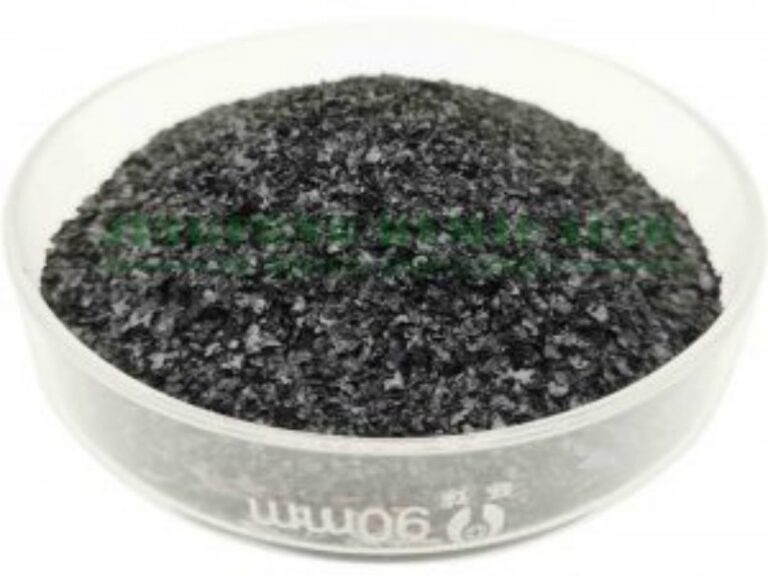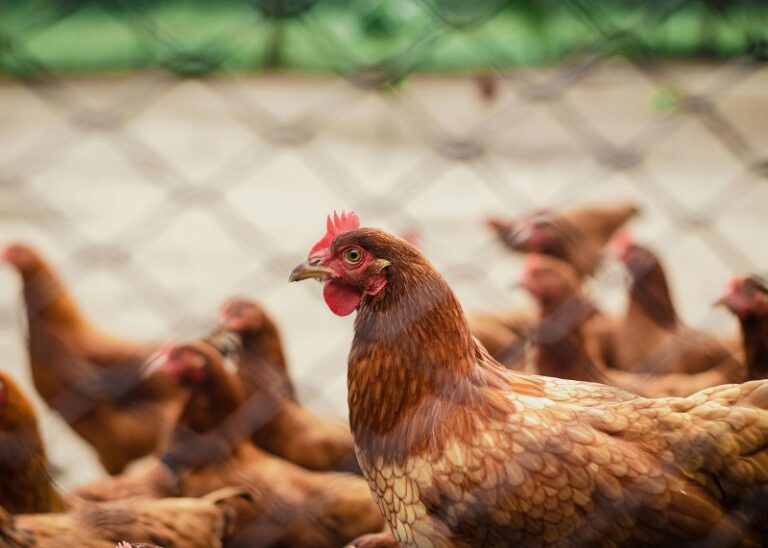Mineral source potassium fulvic acid is a black powdery flake substance that dissolves in water. It is a plant growth regulator that can promote plant growth, play an important role in drought resistance, improve plant resistance, regulate soil, and improve quality.
Eight functions
- Water retention
Mineral source potassium fulvic acid is a colloidal organic substance that can loosen the soil, absorb a large amount of water, ventilate and humidify, nourish soil moisture, prevent drought, and provide the soil with good water, air, and heat conditions, which is suitable for seed germination and seedling growth. - Improvement of saline-alkali land
Mineral potassium humate has a small molecular weight and high activity. It can absorb harmful cations in the soil, thereby reducing the concentration of salt in the soil, reducing the harm of salt to seeds and seedlings, and improving saline-alkali land - Drought resistance and cold resistance
- Spraying mineral potassium humate on plant leaves can close the stomata of plants and reduce plant water transpiration.
- Mineral potassium humate has a dark color, which is conducive to absorbing solar energy; mineral potassium humate releases heat when decomposed by microorganisms, which can increase the ground temperature and play a role in cold resistance.
- Resistance to diseases and pests
Mineral potassium humate can increase the activity of enzymes in plants and increase the resistance of plant organisms - Prevention of heavy metal pollution
Mineral potassium humate participates in ion exchange reactions in the soil, adsorbs and fixes heavy metal ions in the soil, and prevents them from entering the biological cycle. - Improve fertilizer efficiency
- Nitrogen fixation: Nitrogen elements applied to the soil are easily volatilized into the atmosphere or lost to rivers with soil and water loss. Mineral potassium humate can absorb nitrogen in the soil, reduce its volatilization and loss, and improve its utilization rate.
- Phosphorus dissolution: Phosphorus is easily fixed by the soil when applied to the soil. Mineral potassium humate can liberate phosphorus from the soil by chelating with phosphorus, which is used for plant absorption and improves the utilization rate of phosphorus.
- Activated potassium: Most potassium elements applied to the soil exist in the form of potassium salts and cannot be directly absorbed by crops. Mineral potassium humate can convert insoluble potassium into soluble potassium through ion exchange function, increase the effective potassium in the soil, and improve the utilization rate of potassium.
- Micro-fertilizer: Mineral potassium humate can chelate with insoluble trace elements to generate humic acid trace element chelates with good solubility and can be absorbed by crops, which is beneficial for the roots and leaves to absorb trace elements.
- Promote the growth and development of crops
- Mineral potassium humate can stimulate root growth and greatly enhance the ability of crops to absorb water and nutrients.
- The stimulating effect of mineral potassium humate can make the aboveground vegetative body of the plant grow vigorously. It is manifested in plant height, thick stems, thick leaves, etc.
- Mineral potassium humate has a good effect on tillering and reducing the empty rate, which can increase the thousand-grain weight of grain and increase grain yield.
- Regulate soil pH value
Mineral potassium humate has many functional groups, which can be combined with both acid and alkali, and can adjust the pH of the soil according to the needs of crops.
Five major effects - Promote the development of crop root system and increase the germination rate.
Potassium humate is rich in various nutrients. New roots can be seen after 3-7 days of use. At the same time, a large number of secondary roots are increased, which quickly improves the plant’s ability to absorb nutrients and water, promotes cell division, and accelerates crop growth. - Improve fertilizer utilization.
Potassium humate provides the required carbon and nitrogen sources for the activities of beneficial microorganisms in the soil, thereby promoting the large-scale reproduction of microorganisms, dissolving phosphorus, potassium, and fixing nitrogen, thereby greatly improving the absorption and utilization rate of nitrogen, phosphorus, and potassium. - Improve the drought, cold and disease resistance of plants.
Potassium humate can promote the formation of soil aggregate structure, enhance the soil’s ability to retain fertilizer and water, and enhance the drought resistance of plants. Potassium humate can enhance plant photosynthesis, increase the organic matter in plant cell fluid, and thus improve the cold resistance of crops. Plants have developed root systems, greatly enhance their ability to absorb nutrients and water, and are strong and disease-resistant. - Increase yield and improve quality.
Potassium humate is fully water-soluble, easy to absorb, and has strong permeability. Its effect is more than 10 times that of ordinary humic acid. The active substances of humic acid can improve the absorption and utilization rate of nitrogen, phosphorus and potassium, greatly enhance the nutrition of plants themselves, increase yield and improve crop quality. - Improve soil and resist repeated cropping.
Humic acid combines with calcium ions in the soil to form a stable aggregate structure, and the water, fertilizer, gas and heat conditions of the soil are adjusted. Beneficial bacteria in the soil multiply in large numbers, and harmful bacteria in the soil are controlled, thereby improving crop resistance and having a significant repair function for the compaction and soil salinization caused by long-term excessive fertilization.
发送反馈
侧边栏
历史记录
已保存





